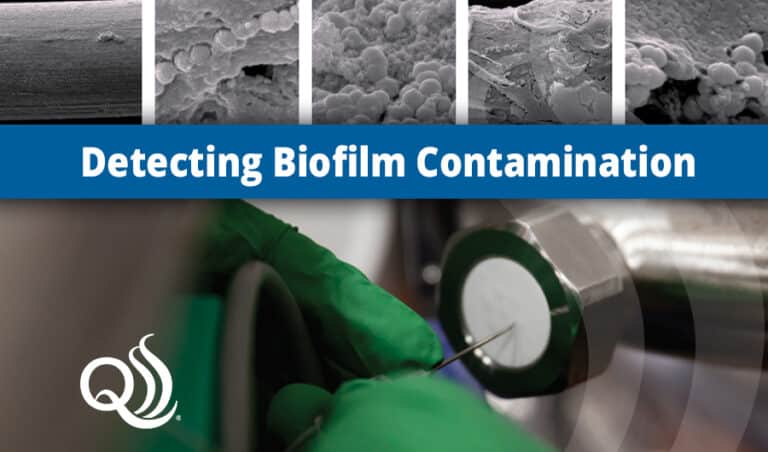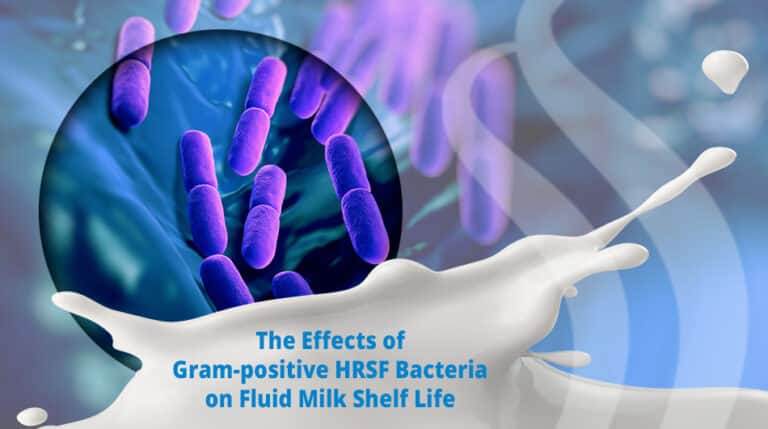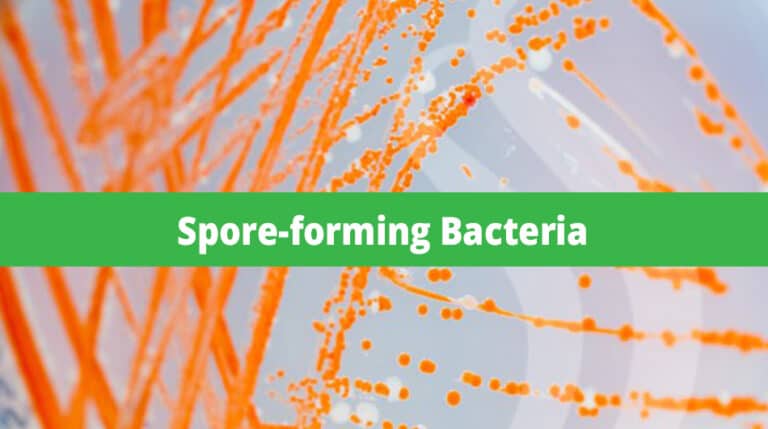Quorum Sensing and Biofilm Formation: The Impact on Food Safety and Quality
Quorum sensing and biofilm formation play a critical role in microbial contamination within food and dairy processing environments. Quorum sensing (QS), a bacterial communication system, is at the heart of biofilm formation, enabling bacteria within the biofilm to coordinate their actions and enhance their resistance to environmental threats. With the aid of quorum sensing, bacteria…











